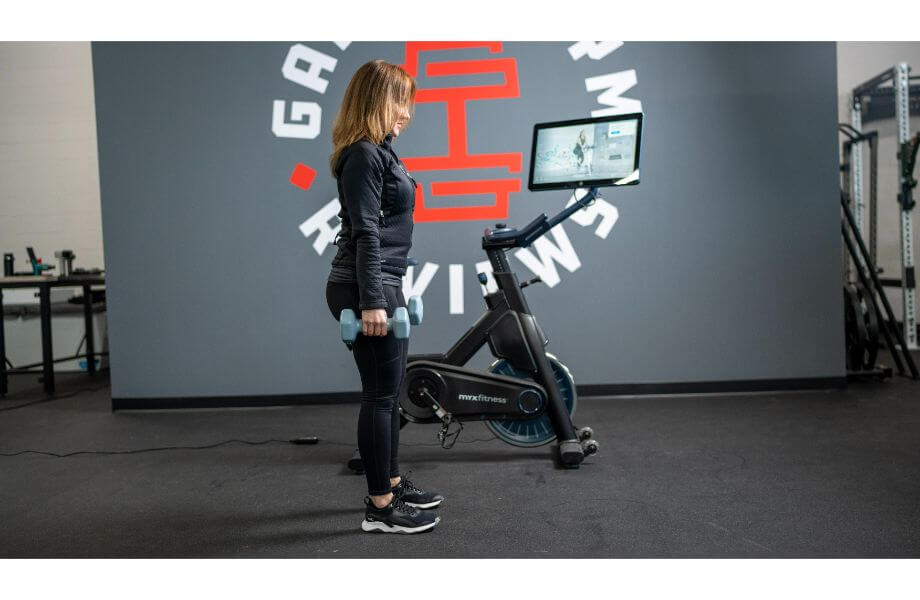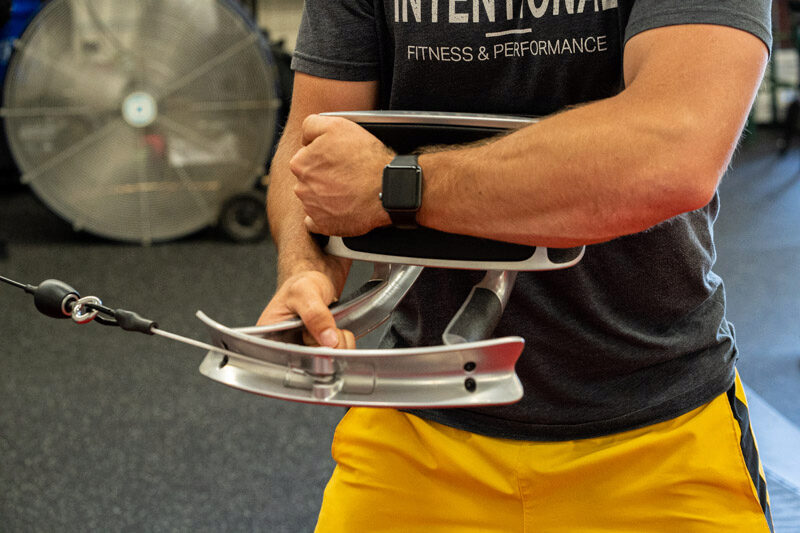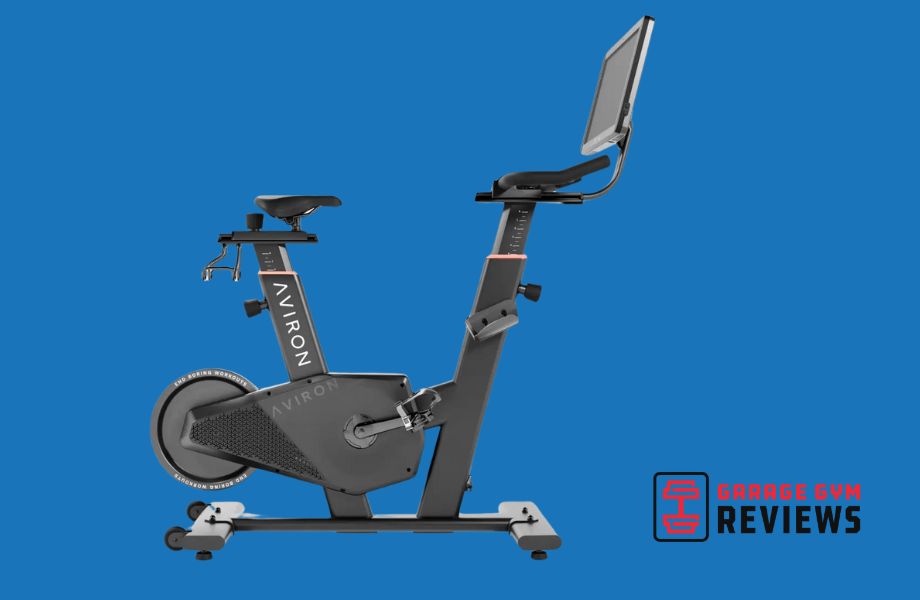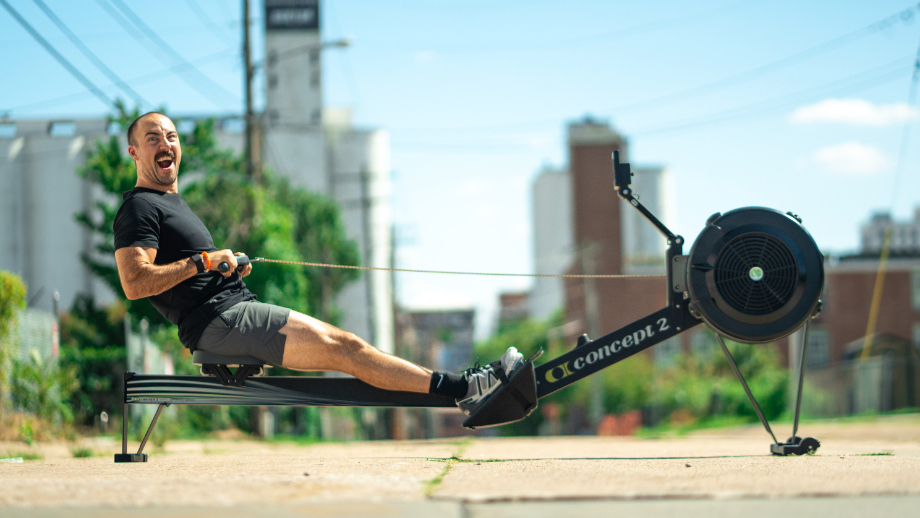Cardio vs strength training is the ultimate gym battle. Many dedicated runners swear that cardio reigns supreme, while barbell lovers are convinced that strength training is the key to meeting your fitness goals in the shortest amount of time. So, who’s right? The short answer is neither. (Surprised?).
Cardio and strength training are very different exercises and, as such, they come with different health benefits. While you can certainly pick one over the other and likely see some improvements in your health, the key to optimal health performance—and changing your body composition—is to incorporate both into your fitness routine.
In this guide, we’ll break down the difference between cardio and strength training and highlight the benefits of each type of workout. We’ll also provide you with some guidance on how often you should do each type of exercise for the biggest rewards.
The Difference Between Cardio and Weight Training
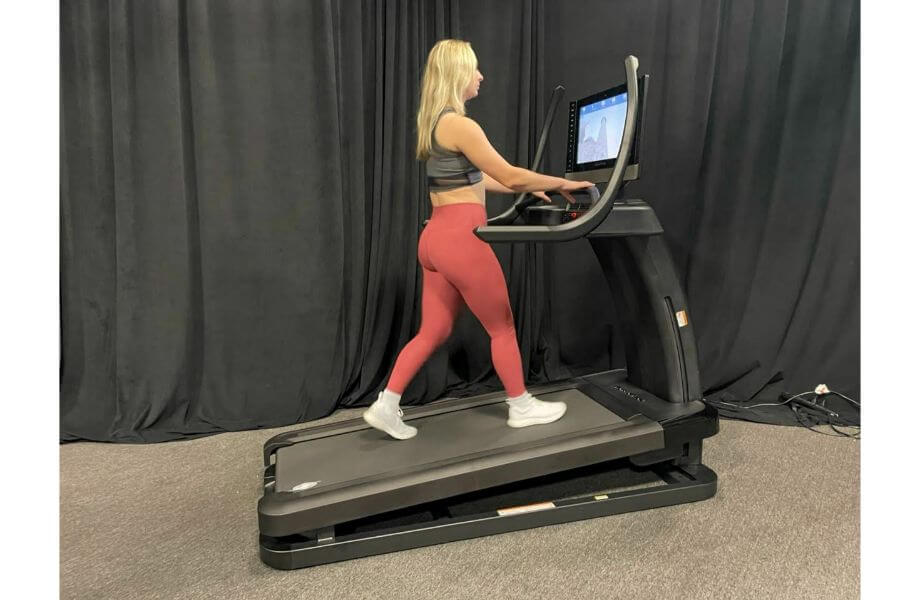
Cardio, officially called cardiovascular exercise, is any type of activity, like running, rowing, or biking, that significantly elevates your heart rate. Traditional cardio is considered an aerobic activity because it utilizes oxygen for energy.
“When you’re doing a cardio workout, your breathing and heart rate both increase, which sends blood and oxygen to your muscles to sustain the workout,” says Amanda Capritto, certified personal trainer (CPT) and health coach. “On a foundational level, cardio exercise strengthens your heart and lungs.”
Strength training, also called resistance training, is any type of exercise that increases muscle mass and strength. There are various forms of strength training. Lifting weights is one of the most common ones, but there’s also calisthenics, isometrics, and plyometrics, which involve your own body weight but no external weights. Think: push-ups, pull-ups, planks, and squats (to name a few).
“Most types of strength training are considered anaerobic exercises because they don’t rely on oxygen for energy. Because they’re short, quick bursts of activity, anaerobic exercises get their energy from glucose,” says Amanda.
RELATED: Balancing Cardio and Strength Training
Benefits of Cardio
Cardio comes with a lot of individual benefits. One of the biggest is improved heart health, but it also contributes significantly to calorie burn and overall fat loss.
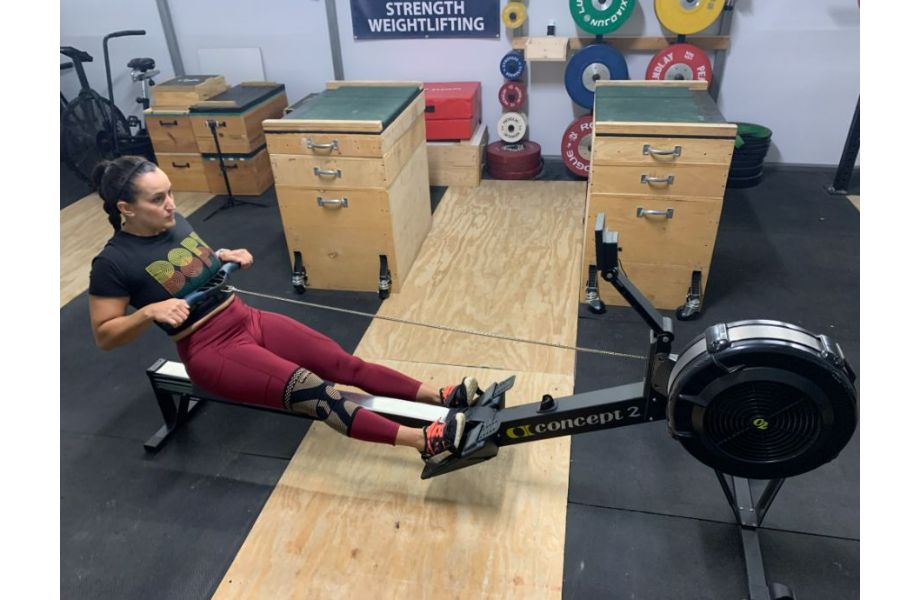
Heart Health
Cardio workouts are all about heart health. These types of workouts get your heart pumping and effectively train your cardiovascular system to be more efficient. Consistent cardio workouts can help lower blood pressure1 and cholesterol2, reduce your risk of heart disease3, and improve blood circulation. They also increase your cardiorespiratory endurance4—an important measure of how physically fit you are.
Calorie Burn and Fat Loss
If you want to burn calories, cardio is the way to go. Minute by minute, you’ll burn more calories during a cardio workout than you will during a strength training session. Certain types of cardio, like high-intensity interval training (HIIT), are especially effective for scorching calories in a shorter amount of time5. But it’s not just about the calories. Research shows that cardio may come out on top when it comes to overall fat loss, too.
In a 2012 study published in the Journal of Applied Physiology6, researchers compared the effects of three types of workout programs—aerobic exercise only, resistance training only, and resistance training and aerobic exercise combined—on body mass and composition.
The researchers found that aerobic exercise was the optimal type of exercise for reducing fat mass. They also found that adding resistance training to aerobic exercise didn’t significantly increase fat loss.
RELATED: Best Home Treadmill
Benefits of Strength Training
On the other hand, strength training has some of its own benefits. Most notably, strength training can increase lean muscle mass, but it also boosts your resting metabolic rate as you begin to build lean muscle.

Muscle Gains
Strength training is the best way to gain muscle. In the same 2012 study in the Journal of Applied Kinesiology, researchers reported that resistance training is the key to increasing lean muscle mass. In other words, if you want to build muscle, strength training is the way to go.
This applies to both low- and high-load resistance training. Low-load resistance training means doing more repetitions but with lower weights for each set. High-load resistance training involves higher weights in each set, but with fewer repetitions.
In a study published in the Journal of Strength and Conditioning Research7, researchers compared the two types of weight lifting and found that they both led to significant increases in muscle mass in well-trained men. However, high-load training did have an edge for maximizing strength.
Increased Metabolic Rate
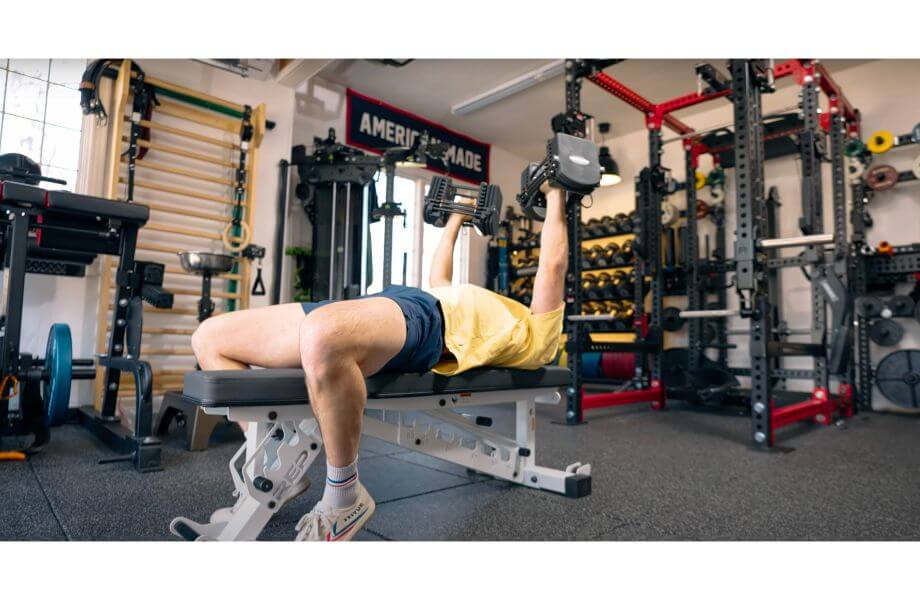
While cardio burns more calories in the moment, strength and weight training can help you burn more calories over the long haul. Your body composition and your resting metabolic rate (RMR) are intricately connected.
“As a general rule, the more lean muscle you have, the more calories your body burns at rest—or when you’re doing nothing,” says Amanda.
In one study published in the European Journal of Clinical Nutrition8, researchers put a group of healthy adults on a 9-month resistance training program. While there were some variations in results, they found that RMR increased an average of 5% after the testing period. In other words, participants were burning 5% more calories just doing nothing than they were when they started the study.
Benefits of Cardio and Weight Training
Both cardio and strength training also share some benefits, including better bone health and improved mood and self-image.
Better Bone Health
Strength training and weight-bearing exercises, like running, dancing, and elliptical training, both contribute to better bone health by increasing bone density9 and slowing down bone loss. Both types of exercise can also improve balance and coordination10.
There have been studies done on all types of age groups and the scientific consensus is that increasing your physical activity level at any point in your life can positively affect your bone health11.
RELATED: Strength Training for Runners
Improved Mood and Self-Image
Both forms of exercise can also help improve your mood. In one small study12, researchers reported that engaging in just 30 minutes of cardio exercise for 10 days improved symptoms in participants with depression.
In another study13 looking at resistance training, researchers divided 40 women into an exercise group and a control group. The exercise group started a 12-week resistance training program (eight whole-body exercises performed with three sets of 8 to 12 reps, three days per week). After the training period, researchers noted significant reductions in anxiety and depressive symptoms, independent of age, muscular strength, and cognitive function.
Both types of exercise have also been shown to improve self-image. In an older study published in the Journal of Consulting and Clinical Psychology14, researchers divided depressed women into three groups: running, weightlifting, and control.
During the study period, which lasted 12 months, the researchers regularly monitored self-image. They found that there were significant improvements in both the running and weightlifting groups compared to the control group, and that there was no major difference between the two exercise groups. In other words, any type of exercise helped boost self-esteem.
How Much Should You Exercise?
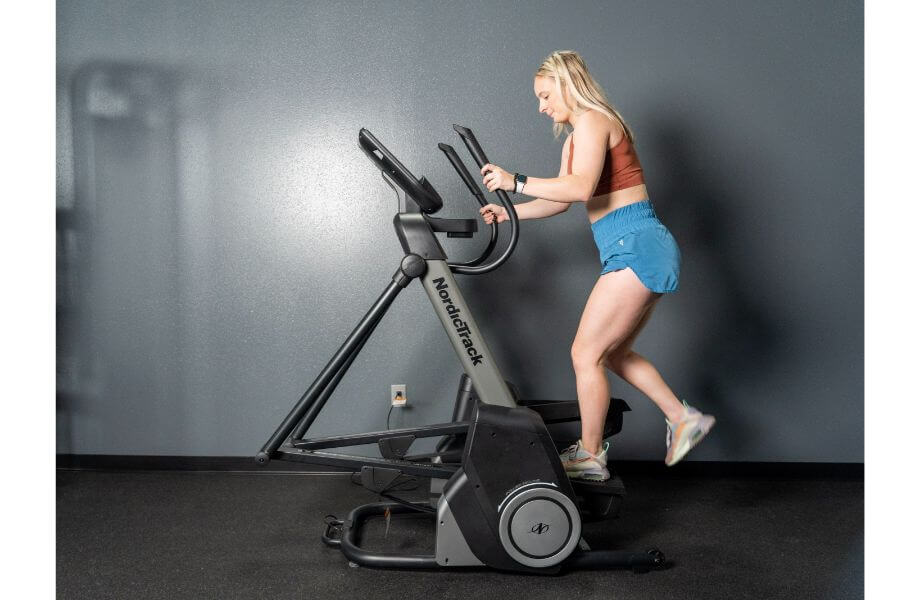
How much you should do each type of exercise depends on your goals. If you’re at a healthy body weight and your goal is to maintain your current body composition, the sweet spot seems to be 150 to 250 minutes of aerobic activity per week, according to the American College of Sports Medicine15 (ACSM). You should also plan to do a full-body strength-training workout at least two days a week, according to the Centers for Disease Control and Prevention (CDC)16.
However, if you want to lose weight, reduce body fat, and/or increase lean muscle mass, you’ll need to put in more work. For clinically significant weight loss, the ACSM recommends at least 250 minutes of moderate-intensity cardiovascular exercise per week, in addition to strength training.
Cardio vs Strength Training: Final Thoughts
Cardio and strength training are very different types of exercises. The bottom line? If you want to optimize your health and/or reach peak physical fitness, it’s vital to include both in your training program. Aim to do at least 150 minutes of cardio each week and two days of full body strength training or 4 to 5 days of working through different muscle groups.
Cardio vs Strength Training FAQs
Is Strength Training or Cardio Better?
Each type of exercise comes with its own benefits, so it’s really impossible to crown one as better than the other. Cardio has a more significant effect on your heart and circulatory system, while resistance training builds strength and helps increase lean muscle mass.
Cardio has a higher immediate calorie burn, but as you build lean muscle mass, strength training can increase your resting metabolic rate, which helps you burn more calories over time. If you want to optimize your physical fitness, it’s best to incorporate both types of exercise into your weekly fitness routine.
Is Cardio or Strength Training Better For Belly Fat?
Cardio may give you faster fat-loss results initially, while strength training is ideal for building muscle. While you can’t target belly fat, incorporating both into your routine can help reduce overall body fat and give you a leaner appearance.
Of course, you’ve probably heard the adage that “abs are made in the kitchen,” and there’s a lot of truth in this, according to Amanda.
“While exercise is important for calorie burn, your diet plays a crucial role in your body fat percentage. If you want a slimmer midsection, pay attention to what you’re eating, get the right amount of sleep, and prioritize stress management,” she says.
Is 20 Minutes of Cardio Enough?
The Centers for Disease Control and Prevention (CDC) recommends getting at least 150 minutes of moderate-intensity aerobic exercise or 75 minutes of vigorous intensity aerobic activity every week. This breaks down to 15 to 30 minutes five times per week. Using this breakdown, 20 minutes of cardio exercise could be enough to reap the aerobic benefits as long as you’re consistent with it. However, if you want to lose weight or significantly change your body composition, you’ll want to bump up your physical activity to at least 250 minutes per week, or 50 minutes per day, five days a week.
References
- Whelton SP, Chin A, Xin X, He J. Effect of aerobic exercise on blood pressure: a meta-analysis of randomized, controlled trials. Ann Intern Med. 2002;136(7):493-503. doi:10.7326/0003-4819-136-7-200204020-00006
- Mann S, Beedie C, Jimenez A. Differential effects of aerobic exercise, resistance training and combined exercise modalities on cholesterol and the lipid profile: review, synthesis and recommendations. Sports Med. 2014;44(2):211-221. doi:10.1007/s40279-013-0110-5
- Nystoriak MA, Bhatnagar A. Cardiovascular Effects and Benefits of Exercise. Front Cardiovasc Med. 2018;5:135. Published 2018 Sep 28. doi:10.3389/fcvm.2018.00135
- Cheng JC, Chiu CY, Su TJ. Training and Evaluation of Human Cardiorespiratory Endurance Based on a Fuzzy Algorithm. Int J Environ Res Public Health. 2019;16(13):2390. Published 2019 Jul 5. doi:10.3390/ijerph16132390
- D’Amuri A, Sanz JM, Capatti E, et al. Effectiveness of high-intensity interval training for weight loss in adults with obesity: a randomised controlled non-inferiority trial. BMJ Open Sport Exerc Med. 2021;7(3):e001021. Published 2021 Jul 20. doi:10.1136/bmjsem-2020-001021
- Willis LH, Slentz CA, Bateman LA, et al. Effects of aerobic and/or resistance training on body mass and fat mass in overweight or obese adults. J Appl Physiol (1985). 2012;113(12):1831-1837. doi:10.1152/japplphysiol.01370.2011
- Schoenfeld BJ, Peterson MD, Ogborn D, Contreras B, Sonmez GT. Effects of Low- vs. High-Load Resistance Training on Muscle Strength and Hypertrophy in Well-Trained Men. J Strength Cond Res. 2015;29(10):2954-2963. doi:10.1519/JSC.0000000000000958
- Aristizabal, J., Freidenreich, D., Volk, B. et al. Effect of resistance training on resting metabolic rate and its estimation by a dual-energy X-ray absorptiometry metabolic map. Eur J Clin Nutr 69, 831–836 (2015). https://doi.org/10.1038/ejcn.2014.216
- Zhang S, Huang X, Zhao X, et al. Effect of exercise on bone mineral density among patients with osteoporosis and osteopenia: A systematic review and network meta-analysis. J Clin Nurs. 2023;31(15-16):2100-2111. doi:10.1111/jocn.16101
- OrthoInfo. Exercise and Bone Health. American Academy of Orthopedic Surgeons (AAOS).
- Carter MI, Hinton PS. Physical activity and bone health. Mo Med. 2014;111(1):59-64.
- Dimeo F, Bauer M, Varahram I, et al. Benefits from aerobic exercise in patients with major depression: a pilot study. British Journal of Sports Medicine 2001;35:114-117.
- Cunha PM, Werneck AO, Nunes JP, et al. Resistance training reduces depressive and anxiety symptoms in older women: a pilot study. Aging Ment Health. 2023;26(6):1136-1142. doi:10.1080/13607863.2021.1922603
- Ossip-Klein DJ, Doyne EJ, Bowman ED, Osborn KM, McDougall-Wilson IB, Neimeyer RA. Effects of running or weight lifting on self-concept in clinically depressed women. J Consult Clin Psychol. 1989;57(1):158-161. doi:10.1037//0022-006x.57.1.158
- Donnelly JE, Blair SN, Jakicic JM, et al. American College of Sports Medicine Position Stand. Appropriate physical activity intervention strategies for weight loss and prevention of weight regain for adults [published correction appears in Med Sci Sports Exerc. 2009 Jul;41(7):1532]. Med Sci Sports Exerc. 2009;41(2):459-471. doi:10.1249/MSS.0b013e3181949333
- How much physical activity do adults need? Centers for Disease Control and Prevention (CDC).


